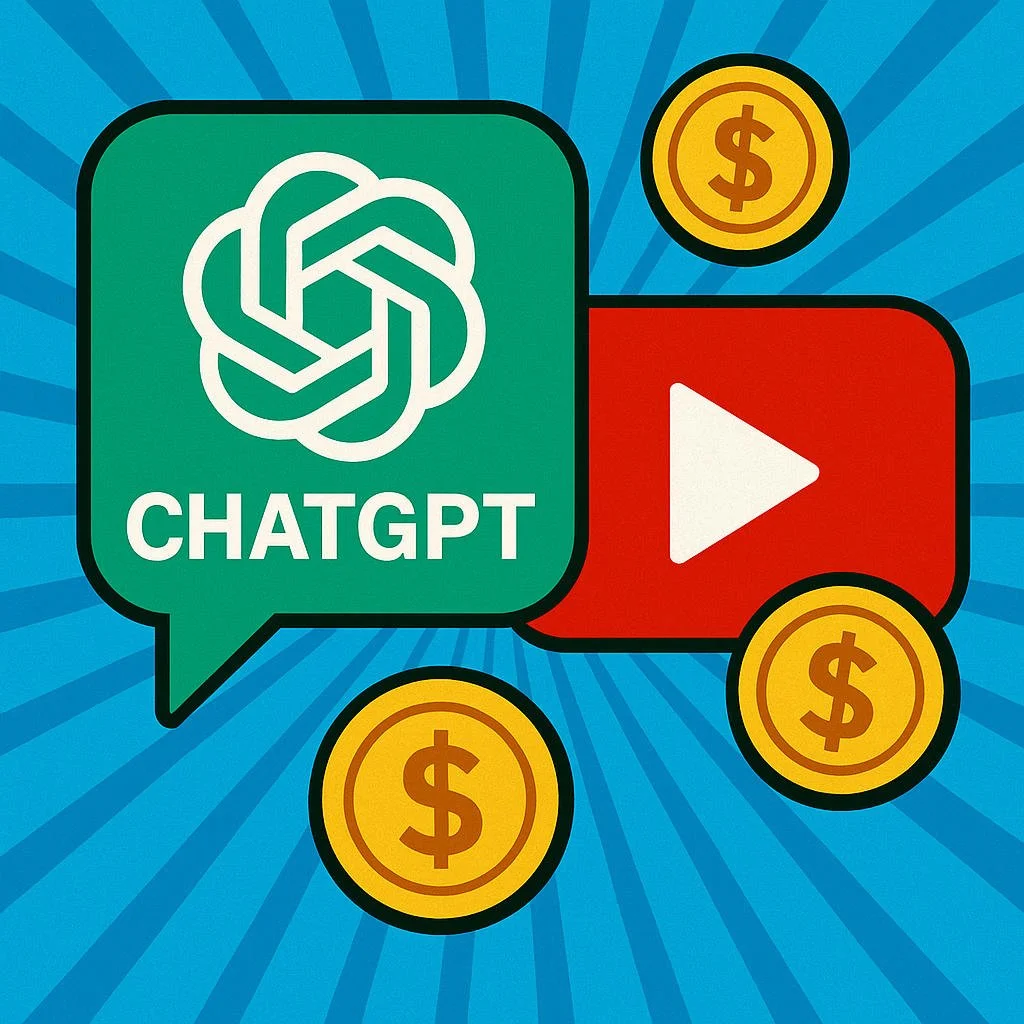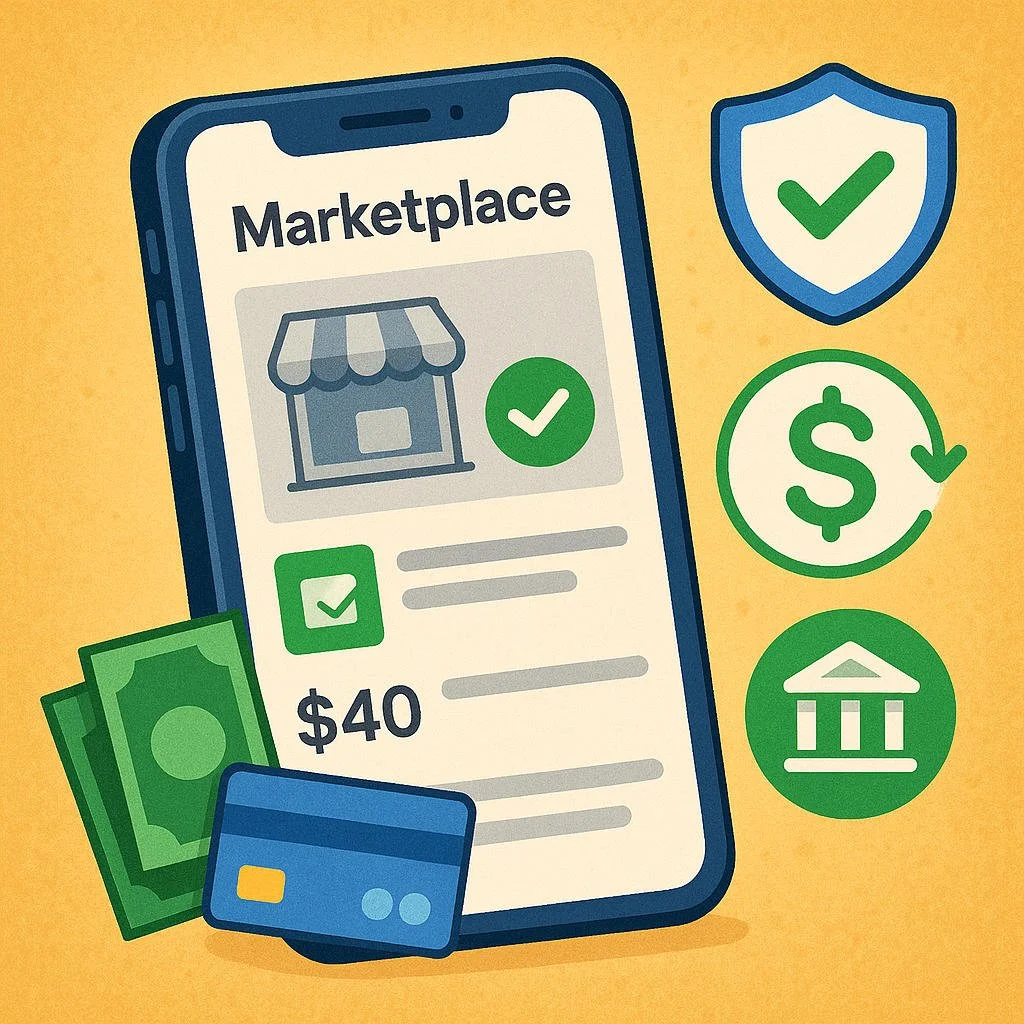How to Use ChatGPT to Pick Stocks
Huge disclaimer before we start
ChatGPT cannot:
See real-time prices
Guarantee which stocks will go up
Replace a qualified financial advisor
Remove the risk of losing money
You should treat ChatGPT as a research assistant and thinking tool, not as a signal provider.
Your job:
Decide your goals and risk tolerance
Double-check facts with real data (broker, filings, official sources)
Make (or not make) the trade yourself
With that in mind, here’s how to actually use it in a smart way.
Step 1: Define your investing style and constraints
Before asking “What stocks should I buy?”, you need to know what kind of investor you are.
Think about:
Time horizon: short-term trade vs 5–20 year investing
Risk tolerance: how much volatility and potential loss can you emotionally handle?
Capital: how much money are you using, and can you afford to lose it?
Style:
Value (cheap vs earnings/assets)
Growth (fast revenue/earnings growth)
Dividend (income)
Quality (strong balance sheet, stable returns)
Sector themes (tech, healthcare, utilities, etc.)
Prompt to clarify your style:
I want to invest in stocks. Help me define an investing style that fits me.
– Time horizon: [X years / months]
– Risk tolerance: [low/medium/high]
– Capital: [amount]
– I prefer: [growth/value/dividends/ETFs/sectors/etc.]
Ask me 5 clarifying questions, then summarize my ideal investing approach and give me a written “investment policy” for myself.
Keep that “investment policy” somewhere. It becomes your anchor when markets get crazy.
Step 2: Use ChatGPT to generate idea lists, not “must-buy” stocks
Instead of “what stock will 10x?”, ask:
“Which sectors might benefit from [trend] over the next decade?”
“What companies operate in [niche]?”
“What are some well-known dividend-paying companies in [country/sector]?”
Prompts for idea generation:
Give me a list of 15 publicly traded companies that are known for [strong dividends / cloud computing / semiconductors / renewable energy / consumer staples], mostly large or mid-cap, and note their main business in one sentence each.
List 10 companies that are considered relatively “defensive” (less cyclical) and briefly describe why.
You’re not buying anything yet—you’re just creating a shortlist to research further.
Step 3: Deep-dive a company’s business model in plain English
Once you have a candidate, use ChatGPT to get a concise, human-readable explanation of:
What it actually does
How it makes money
Its main lines of business
Where it operates
Key risks and competition
Prompt:
Explain [Company Name, Ticker] to me like I’m a reasonably smart beginner investor.
– What does it actually sell or do?
– Who are its main customers?
– How does it make money?
– What are 3–5 main risks or weaknesses?
– Who are its main competitors?
Then you verify the basics with:
The company’s latest annual report/10-K
Its official investor relations page
Reputable financial news/analysis
ChatGPT gives you a summary starting point, not the final word.
Step 4: Structure your fundamental analysis with ChatGPT
ChatGPT can’t pull real-time statements, but it can help you:
Understand metrics (P/E, P/S, free cash flow, ROE, margins, debt ratios)
Set up a framework to analyze those metrics yourself
Turn raw numbers (that you gather) into an organized view
Prompt:
I’m analyzing [Company, Ticker].
Explain how to evaluate it using:
– Revenue growth
– Earnings growth
– Profit margins
– Free cash flow
– Debt levels
– Valuation ratios (P/E, P/S, etc.)
Describe what “healthy” vs “concerning” might look like for a mature company vs a high-growth company.
Once you have your data from your broker or a finance site, you can paste it in:
Here is some data on [Company]:
– Revenue growth last 5 years: [numbers]
– EPS growth: [numbers]
– Profit margin: [numbers]
– Debt/equity: [numbers]
– P/E vs sector average: [numbers]
Analyze this like an equity analyst: what looks strong, what looks weak, and what questions should I investigate further?
You’re using ChatGPT as a teacher and organizer for your thinking.
Step 5: Compare companies side-by-side
One of the most useful things ChatGPT can do is help you compare two or more stocks in a structured way.
Prompt:
Compare [Company A, ticker] and [Company B, ticker] as investments.
Focus on:
– Business model and revenue sources
– Competitive advantages (moat)
– Growth opportunities
– Key risks
– How they tend to behave in different market conditions (cyclical vs defensive).
Don’t tell me which one to buy, just give me a balanced comparison.
You can also paste your own numbers:
Here are my notes on two companies: [paste A & B notes].
Turn this into a comparison table with strengths, weaknesses, and “things I still need to check” for each.
Now your decision isn’t “vibes”—it’s based on a clear pros/cons grid.
Step 6: Build your portfolio rules with help from ChatGPT
Picking individual stocks is one thing; managing a portfolio is another.
ChatGPT can help you:
Decide how many stocks you realistically can follow
Avoid oversizing any single position
Balance different sectors and risk levels
Think about adding index funds/ETFs as a core
Prompt:
Help me design a simple stock portfolio plan.
– Total amount: [amount]
– Target number of positions: [X–Y]
– Risk tolerance: [low/medium/high]
– I’m okay including [yes/no] ETFs as a core.
– I’m especially interested in [sector(s)], but I don’t want to be overexposed.
Create guidelines for:
– Max % in any one stock
– Max % in one sector
– How much should be in broad ETFs vs individual stocks
– When to rebalance.
You still choose the final numbers, but you’ll get a starting blueprint that’s more thought-out than “YOLO 50% into one name.”
Step 7: Use ChatGPT to stress-test your own ideas (devil’s advocate mode)
You can make ChatGPT argue against your favorite stock idea so you don’t get blinded by confirmation bias.
Prompt:
I am bullish on [Company/Ticker] because: [list your reasons].
Your job is to be brutally skeptical.
– List all the ways this investment could go wrong
– Point out weaknesses in my reasoning
– Highlight any risks I might be underestimating
– Suggest scenarios (macro, industry, company-specific) where this stock could perform very badly.
You don’t have to agree with everything it says, but this is a free risk-manager that forces you to confront downside scenarios.
Step 8: Learn about risk management, not just stock picking
The difference between surviving and blowing up in the market is often risk management, not “finding the next Tesla.”
Ask ChatGPT to teach you:
Position sizing (e.g., never more than X% in one stock)
Why diversification helps
Why leverage (margin) can wreck you
How to think about volatility vs risk
When it might be better to hold cash or broad ETFs instead of picking more names
Prompt:
Explain risk management for a small individual stock investor who is not using options or leverage.
Include:
– Position sizing rules
– Diversification principles
– When to sell a losing stock
– Why “doubling down” can be dangerous
– How to stay invested without obsessively trading.
Use this to build your own simple rules, like:
No single stock > 10% of portfolio
No sector > 25–30%
No chasing parabolic moves
Then tape those rules somewhere visible.
Step 9: Avoid turning ChatGPT into a “stock tip hotline”
Bad prompts:
“What stock will double this year?”
“Tell me the next Amazon.”
“Give me a secret penny stock that will 100x.”
Good prompts:
“Explain this business so I understand it.”
“Help me compare these two companies.”
“List questions I should answer before buying this stock.”
“Help me think about how this stock fits into my portfolio risk-wise.”
If you treat ChatGPT as a tip machine, you’ll end up chasing stories you don’t understand.
If you treat it as a research, teaching, and planning tool, it can genuinely improve your process.
Step 10: Build a repeatable research workflow with ChatGPT
Here’s a simple step-by-step sequence you can reuse for every stock:
Idea source:
You see or hear about a stock from news, a friend, a screen, etc.Business breakdown (ChatGPT):
Ask: “Explain this company to me in plain language. How does it make money? Who does it compete with?”Moat & risks (ChatGPT):
Ask: “What might be its competitive advantage, and what are 5 key risks?”Fundamental data (external):
Pull revenue, earnings, margins, debt, valuation ratios from your broker or a reputable site.Structured analysis (ChatGPT):
Paste the key numbers and ask it to help format and interpret them at a high level.Portfolio fit (ChatGPT):
Ask: “If I added this stock, how would it affect my sector exposure, risk level, and diversification compared to my current holdings [describe them]?”Devil’s advocate (ChatGPT):
Ask it to argue against your bullish thesis.Decision & notes (you):
You decide to buy, watchlist, or pass—and write your reasoning and rules for selling.
Repeat this process. Over time, you’re building a personal playbook, not gambling.
Things ChatGPT is not for in stock picking
To stay safe and realistic, do not use ChatGPT for:
Live trading signals (“Buy now! Sell now!”)
Options strategies you don’t understand
Tax or legal advice tailored to your jurisdiction
Guaranteed return schemes
If any prompt you’re about to type sounds like:
“How do I get rich quick with minimal risk?”
…take a breath and walk it back.
Example “master prompt” you can reuse
You can save something like this and paste it each time, changing only the company name and your numbers:
You are my stock research assistant. I’m considering investing in [Company, Ticker].
Explain the business model in plain English: what it sells, who it sells to, and how it makes money.
List 3–5 potential competitive advantages and 3–5 major risks.
Here are some key numbers I’ve gathered: [paste revenue growth, EPS, margins, debt, P/E vs sector, dividend yield, etc.]. Help me interpret these at a high level for a [value/growth/dividend] investor.
Suggest 10 questions I should answer (using external sources) before I decide to invest.
Do not tell me to buy or sell. Stay neutral and analytical.
This keeps ChatGPT in its best role: clarifying, organizing, and challenging your thinking.
Final takeaway
You can’t (and shouldn’t) use ChatGPT as a magic stock picker.
You can use it to:
Understand businesses faster
Compare companies more clearly
Learn fundamental concepts and risk management
Build simple, written rules for your portfolio
Stress-test your own ideas so you avoid emotional, FOMO-driven decisions
Do that consistently, and ChatGPT becomes less of a casino whisperer and more of a free junior analyst + teacher, which is exactly how a serious investor should use it.








